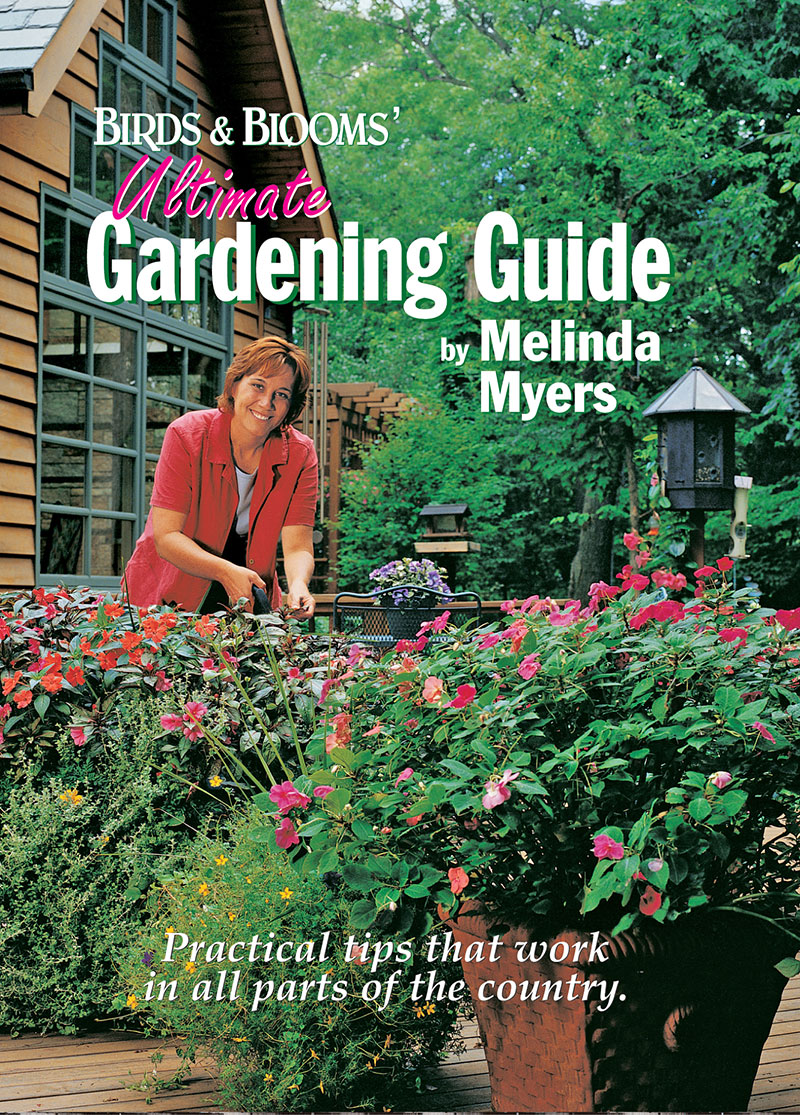Growing Whorled Milkweed (Asclepias verticillata)
Whorled milkweed’s narrow needle-like leaves and clusters of tiny white flowers add delicate texture to natural plantings, butterfly gardens, and prairies.
Like other milkweeds, it spreads by seeds. It also spreads by rhizomes but is less aggressive than common milkweed, forming attractive drifts in the garden. In fall, the fine foliage turns yellow to orange, adding to the autumn display.
A bit more information: All milkweeds are poisonous to livestock including poultry, goats, and rabbits. Poisoning usually occurs from overgrazing, contaminated hay or when hungry livestock are concentrated in milkweed dense areas. Whorled milkweed is one of the more toxic milkweeds for livestock.
Related

Article
Categories
Upcoming Live Events
& Webinars
April 27, 2024
Ridges & Rivers Book Festival
Viroqua, WI
Register now
April 28, 2024
Flowering Trees and Shrubs
Ebert's Greenhouse Village, Ixonia, WI
May 1, 2024
FREE WEBINAR
Ornamental Fruits and Vegetables
Register now
May 4, 2024
Garden U 2024
New Richmond, WI
Register now
May 9, 2024
FREE WEBINAR
How to Plant Your Rain Garden
Register now
May 11, 2024
Ask The Plant Doctor Q & A
Ebert's Greenhouse Village, Ixonia, WI
May 12, 2024
Ask The Plant Doctor Q & A
Ebert's Greenhouse Village, Ixonia, WI
May 18, 2024
Ask The Plant Doctor Q & A
Ebert's Greenhouse Village, Ixonia, WI
June 1, 2024
Selecting, Planting, Pruning and Caring for Hydrangeas
Ebert's Greenhouse Village, Ixonia, WI
June 5, 2024
FREE WEBINAR
Under-Appreciated Pollinators
Register now
WATCH ON-DEMAND WEBINARS
Learn More
















